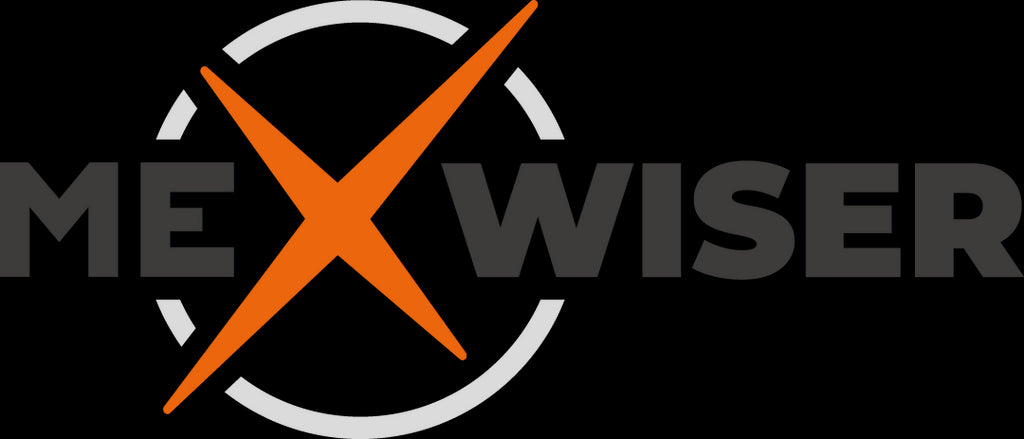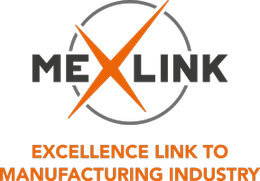Mexwiser is moving forward – and the fourth clock is ticking
Posted by PASI JULKUNEN

MexLink + Softlandia — one team, one goal: a breakthrough product. Where tech-led efforts stall, application-led engineering delivers. In November, see a working SaaS application that makes maintenance repeatable, explainable, and faster.
Our competitive edge? We start from work, not the code. With industry-native mastery—field-proven workflows and deep tacit know-how across full life cycles—we tie MTTR, TTP90 and first-time-fix to cash flow and turn expert judgment into standard practice. Paired with Softlandia’s applied-AI architecture and integration—senior software architects who fuse cloud, data, and machine learning into production-grade platforms end-to-end, the result is a system that actually runs in the field.
We learned that it is hard to explain this with slideware alone, we started building a fully working but scoped SaaS application. From there, it will be straightforward to continue with companies that want a productivity leap—using their own materials.

A problem we all know (but rarely fix)
In maintenance, time is the primary resource. Every lost minute hits three places at once: the customer's production, the maintenance technicians' workflow, and the maintenance manager's calendar. And in the background, a fourth clock is ticking: retirements are taking away tacit expertise faster than recruitment can replace it. Today, it is seen as a shortage of skills in some locations; tomorrow, it means longer downtimes and broken delivery promises. The fourth time loop – the fourth clock is often caught up in the hustle and bustle of everyday life, especially in maintenance, which usually has to make up for the shortcomings of all previous product refinement processes.
A simple remedy you can start now
You don't need a big change to get started. Start capturing and reusing what works — in the flow of normal events — using two building blocks:
- The Master Workflow (tacit knowledge) brings the maintenance master's playbook to the field: variant and process-aware control brings the right information at the right time and takes troubleshooting to the root cause of the problem.
- The Competence Map transforms the decisions, justifications, and outcomes of each task into OppiCards. These form a growing AI-supported database that returns context-aware decision paths and examples for the next task — and makes competency gaps visible.
Documentation is created as you work: measurements and photos roll straight into a clear service report. No extra paperwork, no heroics.

Under the hood: why holistic AI really works
Holistic AI only produces breakthroughs if two capabilities work in tandem: real-time operational reasoning and growing institutional memory. In Mexwiser, this pair is the Master Work Process and the Competency Map. The first drives work forward, supporting maintenance work with a master’s touch and enormous memory capacity; the second makes each job teach the next, i.e. layering skills for subsequent maintenance jobs. Together, they form a double-loop structure: today’s successful or failed fix is tomorrow’s better procedure, and invisible know-how gaps become visible and fixable.
Without this duo, the benefit of AI remains a mere assistant for reading documents — lots of data, but little change in practice. With them, you get the multiplier effects: repeatable work across shifts and locations, shorter MTTR, higher first-fix, lower cognitive load and a living digital memory of the company, which is also responsible for preserving tacit knowledge that normally disappears into retirement. The secrets of Mexwiser's effectiveness lie in how we have enabled Mestari's work process and the Competency Map to be drivers of holistic AI effectiveness.

Five quick questions to ask yourself
- What does your team's time really spend on from the start of a maintenance impulse to its completion?
- Which most difficult maintenance tasks would benefit most from a guided path tomorrow morning?
- How would you like to improve the quality of maintenance reports if it were possible?
- If two out of ten seniors retire in the next quarter, what tacit knowledge will they leave with?
- What would change if each job taught the next one by default?
- And one more thing: if creating and maintaining instructions took minutes with the help of artificial intelligence, and service technicians could call them up as text, images, videos or checklists, how many unnecessary repeat visits would you avoid next month?
Back to the facts: productivity first
Regardless of the business cycle, the fastest lever is productivity (time). When downtime and waiting times are reduced, cash flow and margins increase. Time is often the best and most incorruptible metric.
The example of the electronics industry in the USA serves as a good reflection when solving the problem of a dwindling workforce: The message from line management is the same as in maintenance and machine shops — “every year we have to do ~10% more, but the staff is not growing” . This is not just a recruitment challenge, but a scarcity of tacit knowledge and deep problem solving — that is why time is the right time to reveal the truth.
In maintenance, the real cost is lost production: for example, in process industries such as mines, a 24-hour downtime can mean around €200,000/day in tunneling and around €695,000/day in long-hole drilling. If downtime can be reduced through maintenance by reducing MTTR by 20–25% (mean time to repair), a single incident alone can save tens or hundreds of thousands of euros.
In manufacturing (machining/assembly), reducing a person's break-in time (TTP90) by one year can improve revenue by approximately €40,000 per employee (example from a Czech machine shop).

What would a two-hour cut in daily unplanned downtime or a 20-25% drop in MTTR mean for your operations this quarter?
What will you see in November?
A functional, limited SaaS application that stages the work, retrieves the right document/parameter/spare part at the right time, collects events, measurements/images as evidence, and produces a clear report. At the same time, each job creates Learning Cards that make the next job faster and more reliable.
From there, it's straightforward to continue with your own data and KPIs.
Ready to stop the fourth clock?
Book a short session, experience a real-case demo of a product, bring one device family, and save your documents to Mexwiser — we'll show you how Mexwiser changes everyday life and starts building your company's digital memory from the very first job.
Remember the ticking of the clock…four o’clock!

Terms in brief
• MTTR = Mean Time To Repair.
• First-fix rate (FFR) = jobs that are completed on the first visit.
• TTP90 = time for a new employee to reach 90% of the target level.
 English
English Finnish
Finnish Swedish
Swedish German
German

